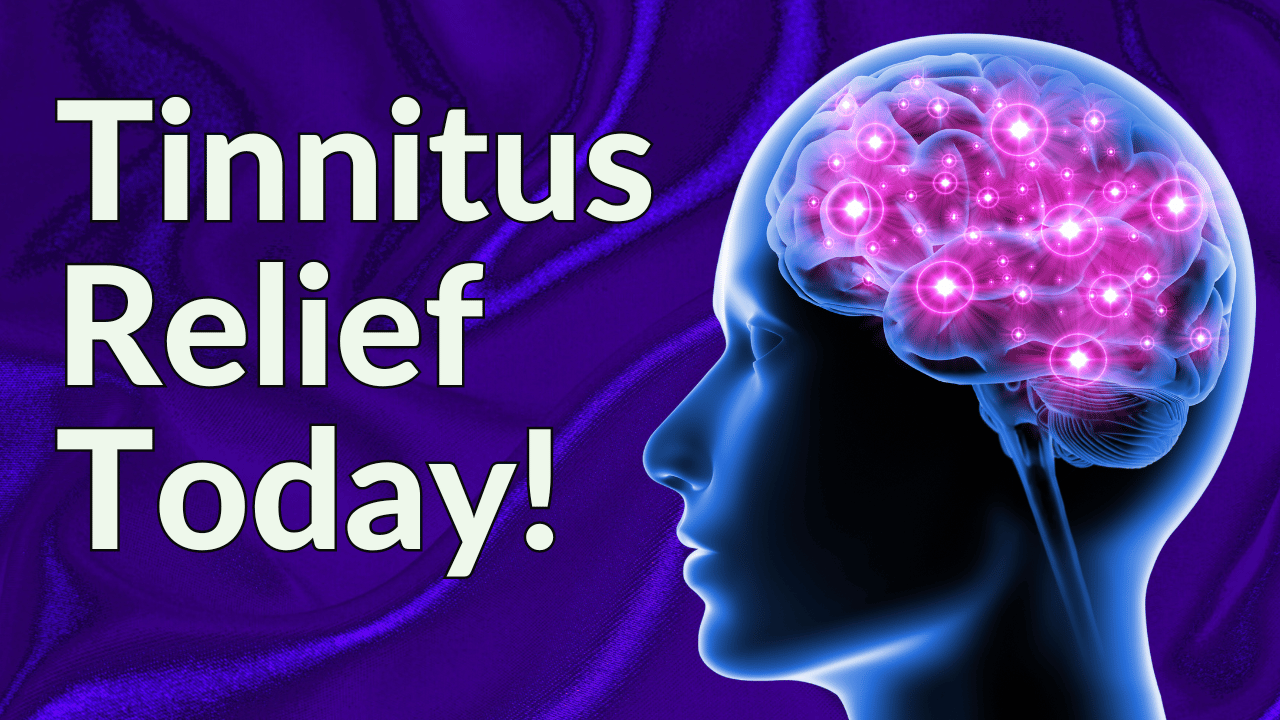Tinnitus is not yet fully understood, making it a difficult condition to study and an even more difficult condition to treat. Patients are always looking forward to news of tinnitus research progress in hopes of one day finding relief from the ringing in their ears.
One of the latest developments in tinnitus treatment comes from researchers at the University of California, Irvine. These researchers believe they can treat tinnitus using electrical stimulation technology via an implantable chip.
The groundwork already exists for this approach to tinnitus treatment, which is partially why it has the attention of many in the community. This research, however, takes it a step further, proposing an implantable device to address tinnitus symptoms.
UC Irvine’s Implantable Chip
Experimental treatments such as electrical stimulation have already been identified by the American Tinnitus Association as a potential step in the right direction. Researchers at UC Irvine believe their implantable chip can generate modulated or personalized electrical waves to meet the individual needs of tinnitus patients. This implantable chip is about the size of the tip of a crayon and can be calibrated wirelessly to meet user needs.
"Treble Health helped me turn down the sound of my tinnitus. Now I can breathe, and get on with my life!"

"Treble Health helped me turn down the sound of my tinnitus. Now I can breathe, and get on with my life!"
– Elisa
Book a free consultation to learn which Treble Health solution is right for you. Join Elisa and thousands more who have found lasting tinnitus relief.
Electrical stimulation as a practical treatment approach for tinnitus has its fair share of skepticism. The treatment requires a lot of electrical current to work, which usually can’t be found outside of hospitals. The team at UC Irvine believes that since the chip is implanted in the inner ear (closer to the brain), the treatment will require less electrical stimulation, and will be more effective.
However, this device hasn’t been tested yet, and it isn’t at the stage where it’s ready to be released to the public. Even if it does pass the testing stage, researchers are presenting it as a complementary treatment to existing tinnitus treatments.
Non And Minimally Invasive Electrical Stimulation
Some of the same researchers from the new UC Irvine study took part in an earlier study from 2019, exploring both a non-invasive and minimally invasive approach to delivering electrical stimulation. It involved 10 adults with chronic tinnitus, some with tinnitus in one ear, and others in both, using 19 different conditions of electrical stimulation.
For the non-invasive approach, the researchers used electrodes (resembling earplugs) to deliver the electrical stimuli directly into the ear canal. The minimally invasive approach involved surgically opening the eardrum to place an electrode deeper in the ear, and closer to the cochlea.
63%, or 12, of the different conditions of electrical stimulation reduced tinnitus, while six had no effect. The remaining condition led to increased tinnitus in one patient. This was, however, a small study, and a larger sample size is needed. Researchers also need to further explore the potential side effects of electrical stimulation which currently include tactile and visual sensations such as tingling and stinging, white flickers, and forced contractions.
Electrical Stimulation Within The Ear
Additional research from 2022 yielded even better results. We know cochlear implants can help with tinnitus symptoms, and they can last for up to 10 years. What if there was a way to offer this treatment to tinnitus patients using a similar device?
These researchers wanted to find out if they could deliver electrical stimulation using less intensity. Like the previous study, it directly compared two methods of delivering electrical stimulus: placing electrodes in the ear canal versus placing them deeper, alongside the eardrum. They discovered that using electrical stimulation as a tinnitus treatment required four to eight times less energy than previously thought.
When compared to the electrodes in the ear canal, the electrodes near the eardrum were twice as effective at reducing tinnitus symptoms. This supports the theory that electrical stimulation is more effective when the distance between the cochlea is shorter.
Proven Tinnitus Treatments
These studies have proven electrical stimulation can be an effective treatment for tinnitus symptoms. However, it is not practical for the majority of patients who don’t have access to the resources of these studies.
Tinnitus Retraining Therapy (TRT) is currently the gold standard for tinnitus management, but patients can also manage various tinnitus symptoms using:
- Treatment plans for underlying conditions
- Cognitive Behavioral Therapy (CBT)
- Sound therapy
- Hearing aids and cochlear implants
- Mindfulness-based stress reduction (MBSR)
- Sleep aids
- Counseling
- Lifestyle changes
Treating Tinnitus With Treble Health
You shouldn’t have to wait for a treatment that’s years, or even decades down the line. You need something that is proven to work now. The team at Treble Health can help you find that. Schedule a complimentary telehealth consultation with our experts, and take the steps to regain control of your life.
This 20-minute consultation will include an assessment of your tinnitus case, a treatment plan personalized to your needs, and the chance to ask the team burning questions about your tinnitus. Tinnitus shouldn’t get in the way of your everyday life. With the right treatment approach, you can live alongside, or even ignore the phantom sounds. Don’t wait – schedule your consultation today and begin the journey towards a life without bothersome tinnitus.
Next Step: Book Free Consultation
- 75% of patients reduced their tinnitus within three months after following our recommendations.
- "I feel like Treble Health literally gave me my life back." - Randy S. (verified customer)
- Join thousands of people who have reduced their tinnitus after scheduling a free consultation.












